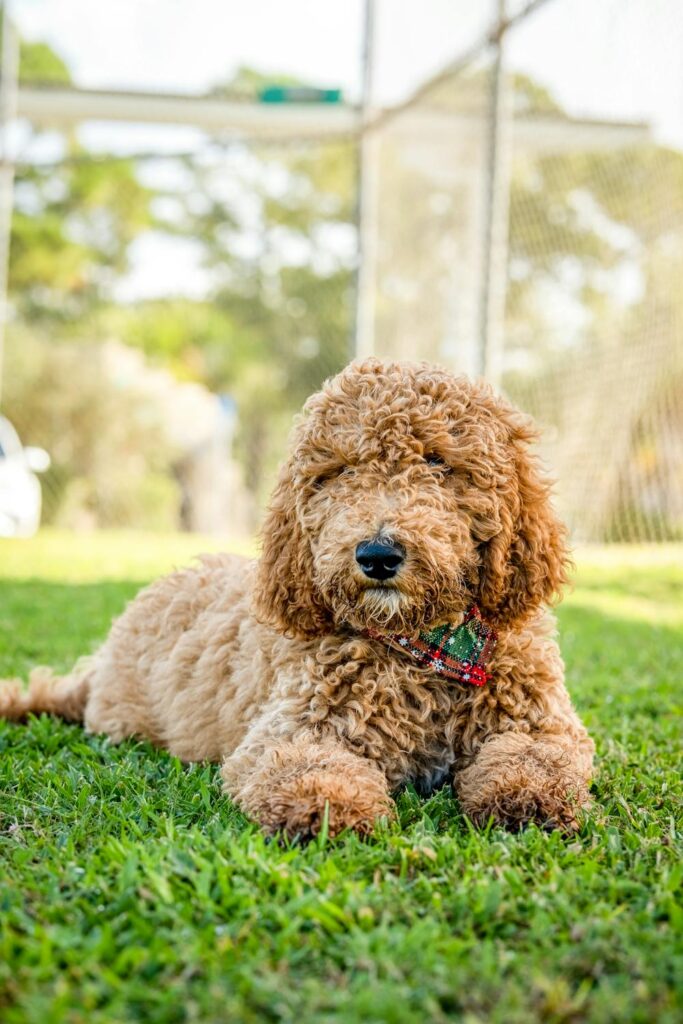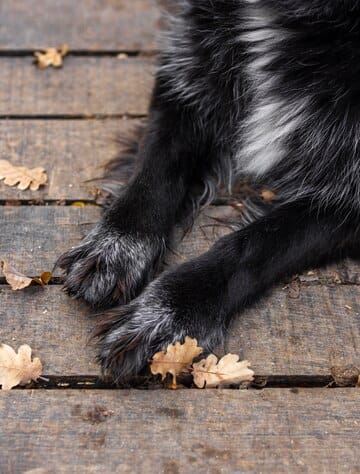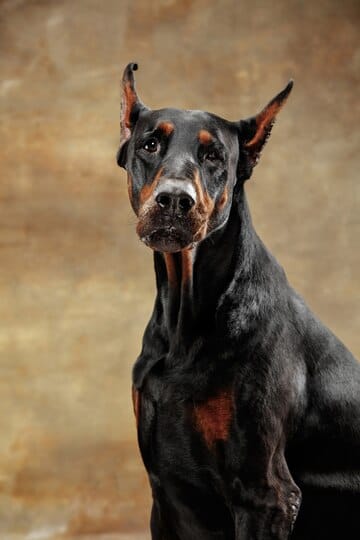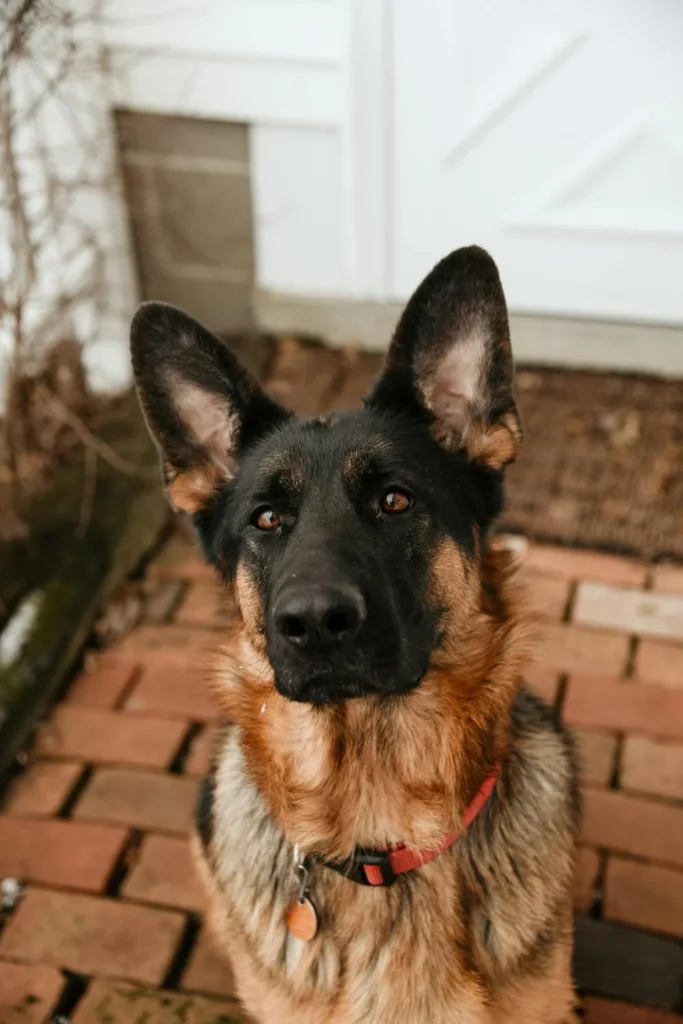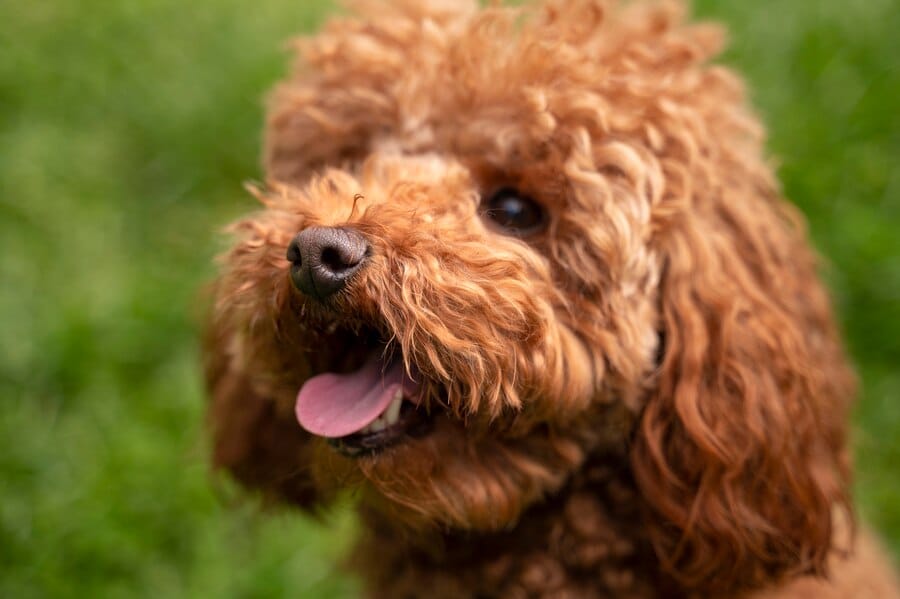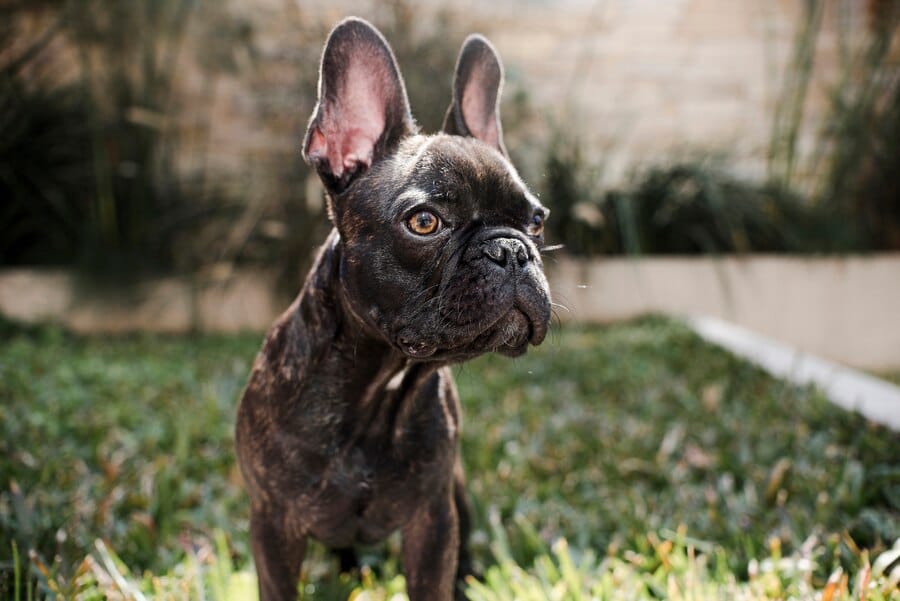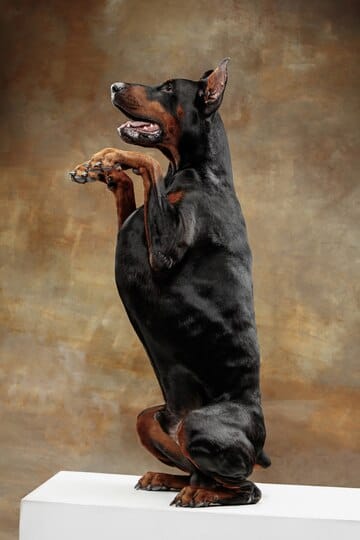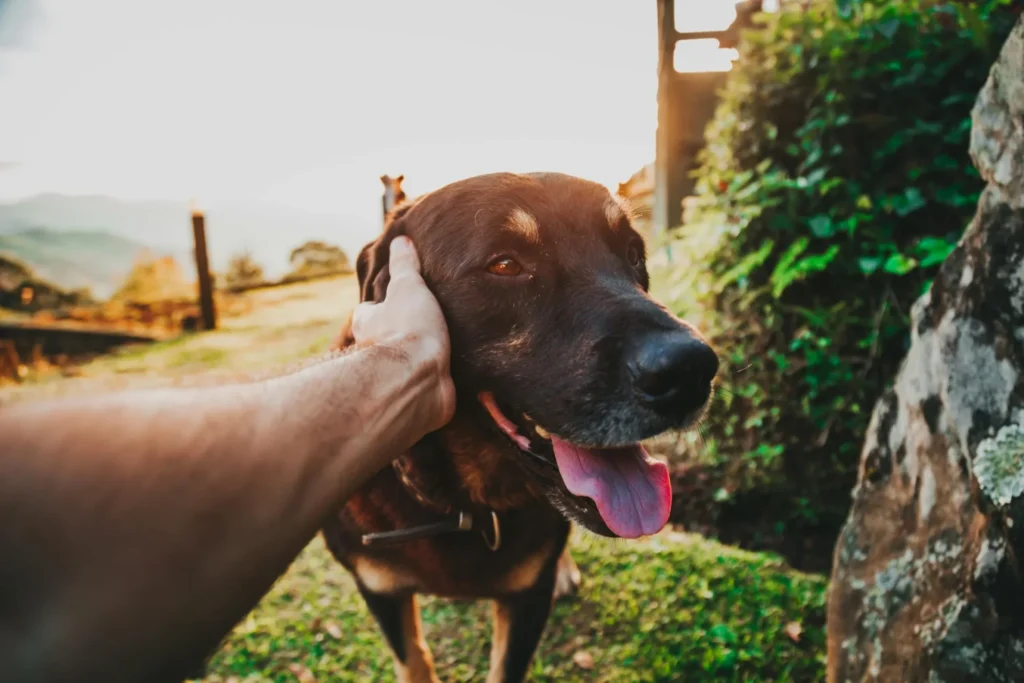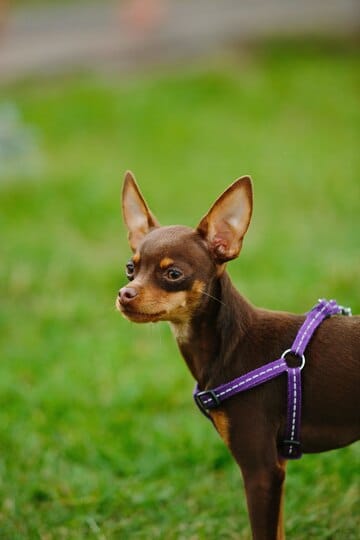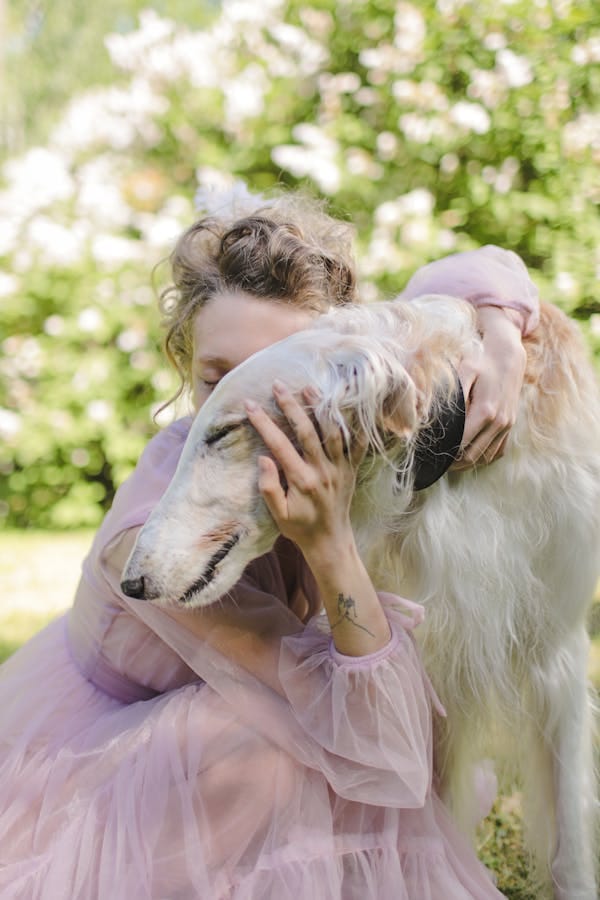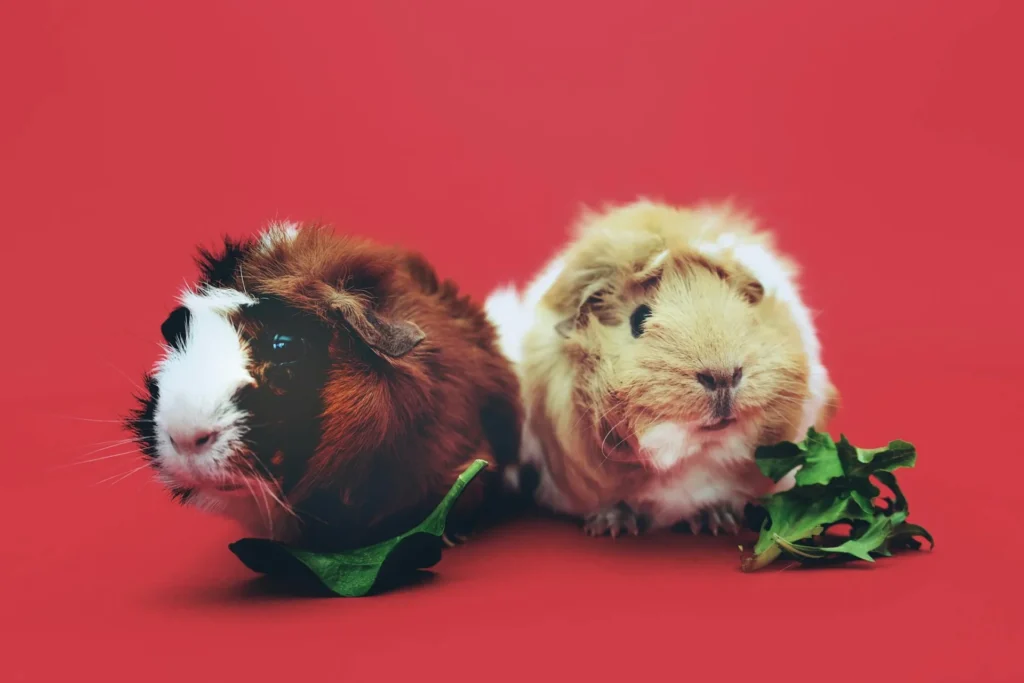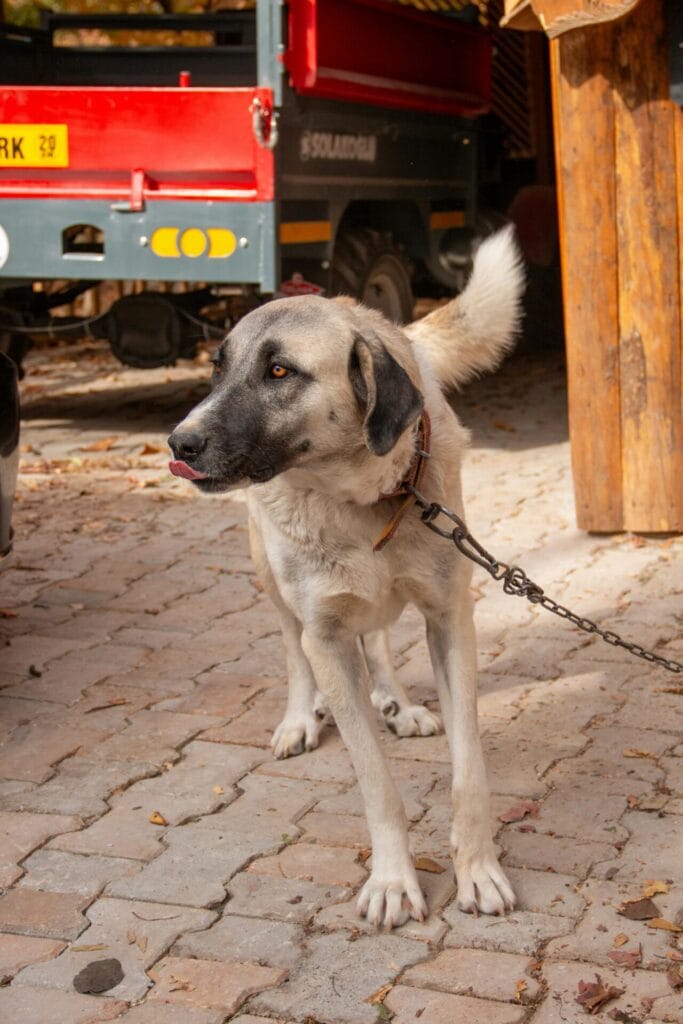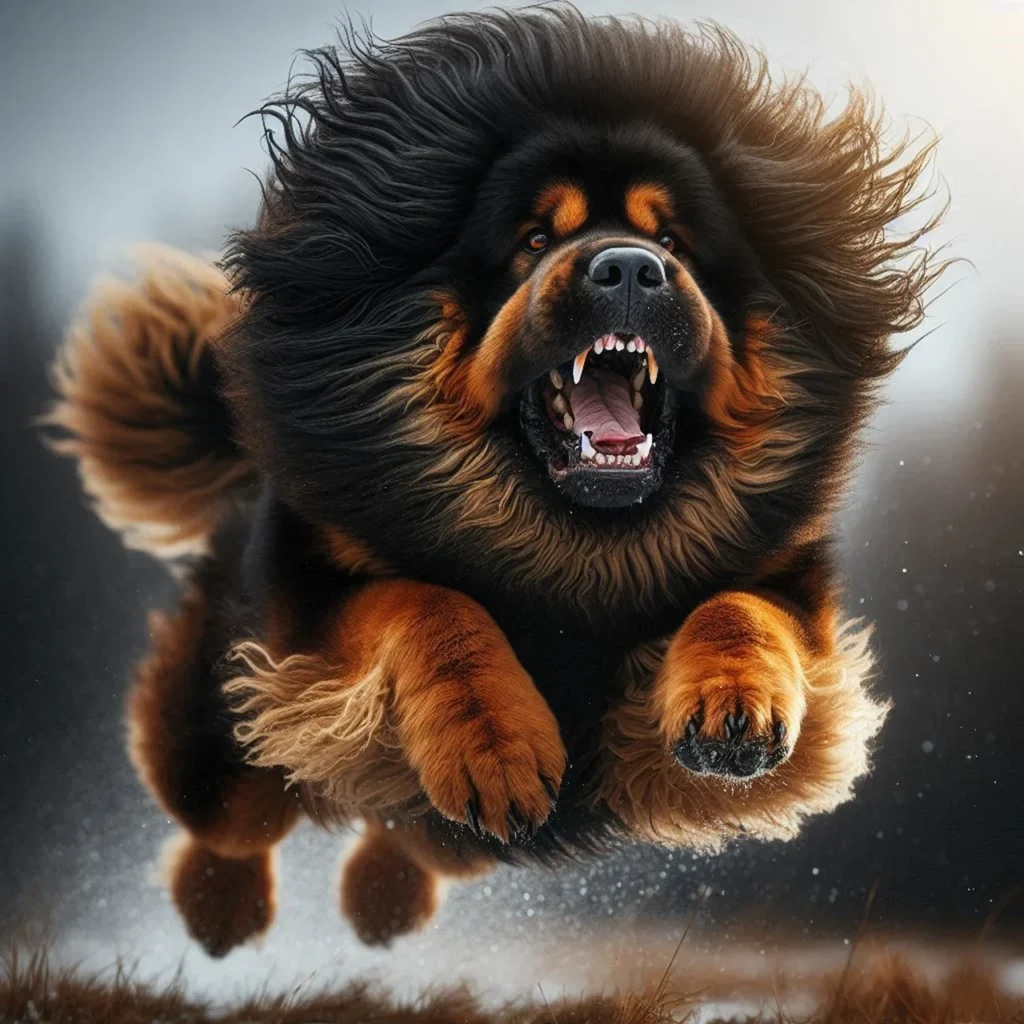- Whisker Distribution: A Poodle’s Facial Roadmap
- The Superpowers of Poodle Whiskers: Sensing the Unseen
- The Growth Cycle of Poodle Whiskers: A Continuous Process
- Whisker Care: Keeping Those Sensors in Top Shape
- Whisker Myths: Debunking Common Misconceptions
- FAQ: Whisker Wisdom for Poodle Parents
- Conclusion: Celebrating the Whisker Wonders of Poodles 🎉
Poodles, like all dogs, are indeed equipped with whiskers. But these aren’t just any ordinary hairs – they’re sophisticated sensory tools that play a crucial role in your poodle’s daily life. Let’s embark on a whisker-filled journey to uncover the fascinating world of poodle vibrissae! 🚀
The Anatomy of Poodle Whiskers: More Than Meets the Eye
Poodle whiskers, scientifically known as vibrissae, are specialized hairs that are:
- Thicker than regular fur 🧵
- Deeply rooted in the skin 🌱
- Connected to high concentrations of nerves 🧠
- Equipped with their own blood supply 💉
This unique structure makes whiskers incredibly sensitive to even the slightest stimuli!
Whisker Distribution: A Poodle’s Facial Roadmap
| Location | Whisker Type | Number | Function |
|---|---|---|---|
| Muzzle | Mystacial | 20-30 | General sensing, object detection |
| Above Eyes | Superciliary | 5-8 | Eye protection, overhead awareness |
| Cheeks | Genal | 5-7 | Side awareness, spatial recognition |
| Chin | Interramal | 5-7 | Ground distance sensing |
| Forelegs | Carpal | 2-4 | Low obstacle detection |
💡 Fun Fact: The exact number of whiskers can vary slightly between individual poodles!
The Superpowers of Poodle Whiskers: Sensing the Unseen
Poodle whiskers serve multiple crucial functions:
- Air Current Detection 💨: Helps poodles sense nearby movements
- Spatial Awareness 📏: Aids in navigating tight spaces
- Object Proximity 🚪: Alerts them to close objects, even in the dark
- Emotional Expression 😊: Moves with facial muscles to convey feelings
- Protection 🛡️: Guards sensitive areas like eyes and nose
- Swimming Aid 🏊♂️: Helps detect water currents and obstacles
Whisker Sensitivity: By the Numbers
| Measurement | Poodle Whisker Sensitivity |
|---|---|
| Deflection | Can detect movements as small as 0.07mm |
| Air Current | Can sense air displacement of 0.6mph |
| Vibration | Responsive to 1000 vibrations per second |
The Growth Cycle of Poodle Whiskers: A Continuous Process
Poodle whiskers, like all hair, go through a growth cycle:
| Stage | Duration | Description |
|---|---|---|
| Anagen (Growth) | 1-2 weeks | Active growth phase |
| Catagen (Transition) | 2-3 days | Growth slows and stops |
| Telogen (Resting) | 90-100 days | Whisker is mature and stable |
| Exogen (Shedding) | Varies | Old whisker falls out, new growth begins |
Total cycle: Approximately 3-4 months for complete whisker renewal! 🔄
Whisker Care: Keeping Those Sensors in Top Shape
To maintain healthy poodle whiskers:
- Gentle Cleaning 🧼: Use a damp cloth to wipe around whiskers
- Avoid Pulling 🚫: Never tug on whiskers during grooming
- Regular Inspection 🔍: Check for any signs of irritation or damage
- Proper Nutrition 🥩: A balanced diet promotes healthy whisker growth
- Stress Reduction 🧘♂️: Less stress means healthier whiskers
Whisker Myths: Debunking Common Misconceptions
| Myth | Reality |
|---|---|
| Cutting whiskers is painless | While painless, it can disorient poodles |
| Whiskers don’t grow back | They do regrow, typically in 3-4 months |
| All poodle whiskers are the same | They vary in length and thickness |
| Whiskers are just for show | They serve crucial sensory functions |
FAQ: Whisker Wisdom for Poodle Parents
Q: Can poodles lose whiskers naturally? 🍃
A: Yes, whiskers shed as part of their natural growth cycle.
Q: Do poodle whiskers change color with age? 🎨
A: They can! Like other fur, whiskers may gray as poodles age.
Q: Are longer whiskers better for poodles? 📏
A: Not necessarily. The length is genetically determined and varies.
Q: Can damaged whiskers affect my poodle’s behavior? 🤔
A: Yes, it might temporarily impact their spatial awareness and confidence.
Conclusion: Celebrating the Whisker Wonders of Poodles 🎉
Poodle whiskers are far more than just facial decorations – they’re sophisticated sensory tools that enhance your furry friend’s ability to navigate and interact with the world. From detecting subtle air currents to protecting their eyes, these marvelous vibrissae play a crucial role in your poodle’s daily life.
As a poodle parent, understanding and appreciating these whisker wonders can help you better care for your curly-coated companion. So the next time you’re nose-to-nose with your poodle, take a moment to marvel at those magnificent whiskers – nature’s own high-tech sensors, right there on your furry friend’s face!
Remember, every twitch and wiggle of those whiskers is your poodle’s way of experiencing the world in rich, sensory detail. Embrace the whisker wisdom, and let your poodle’s natural sensors guide them through a life full of curious exploration and fluffy adventures! 🐾💖🔍

